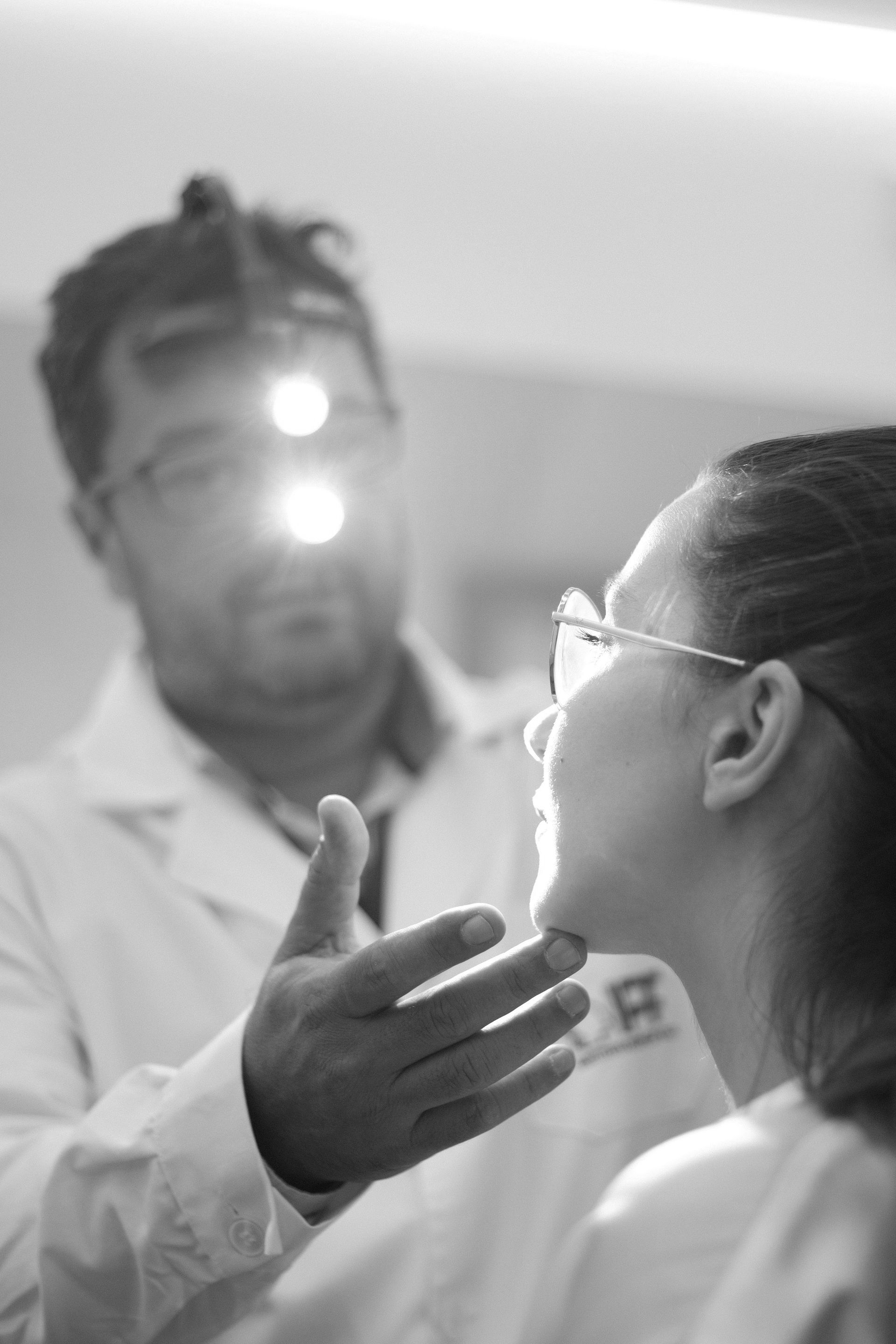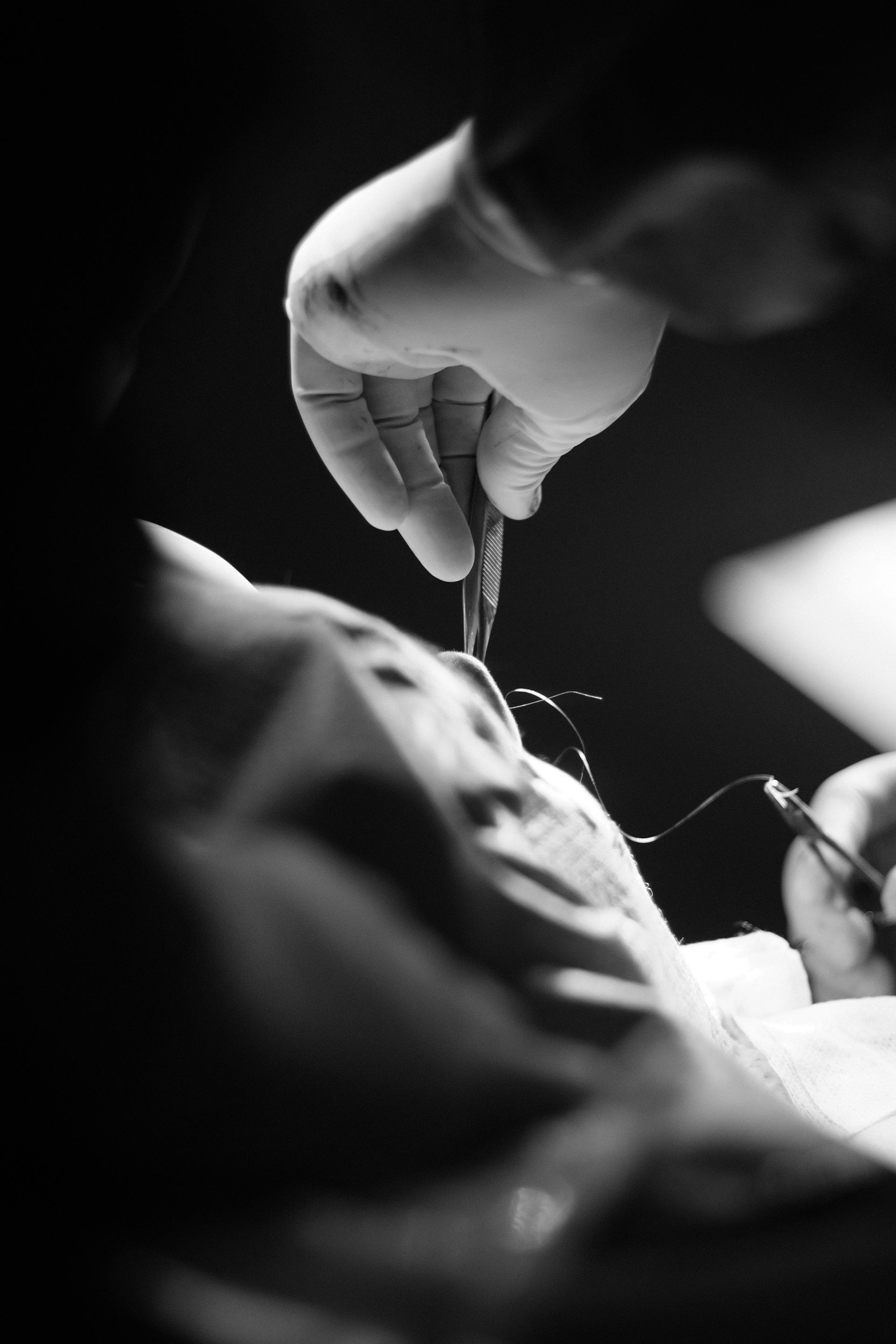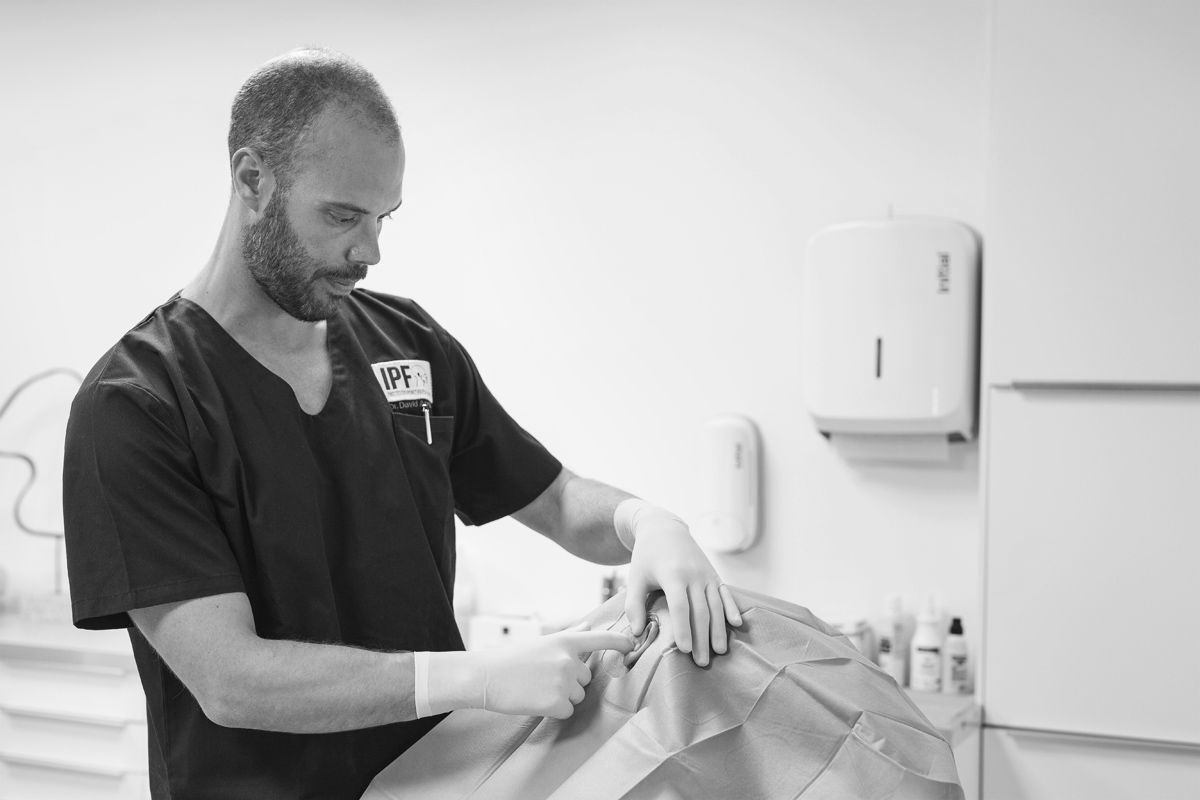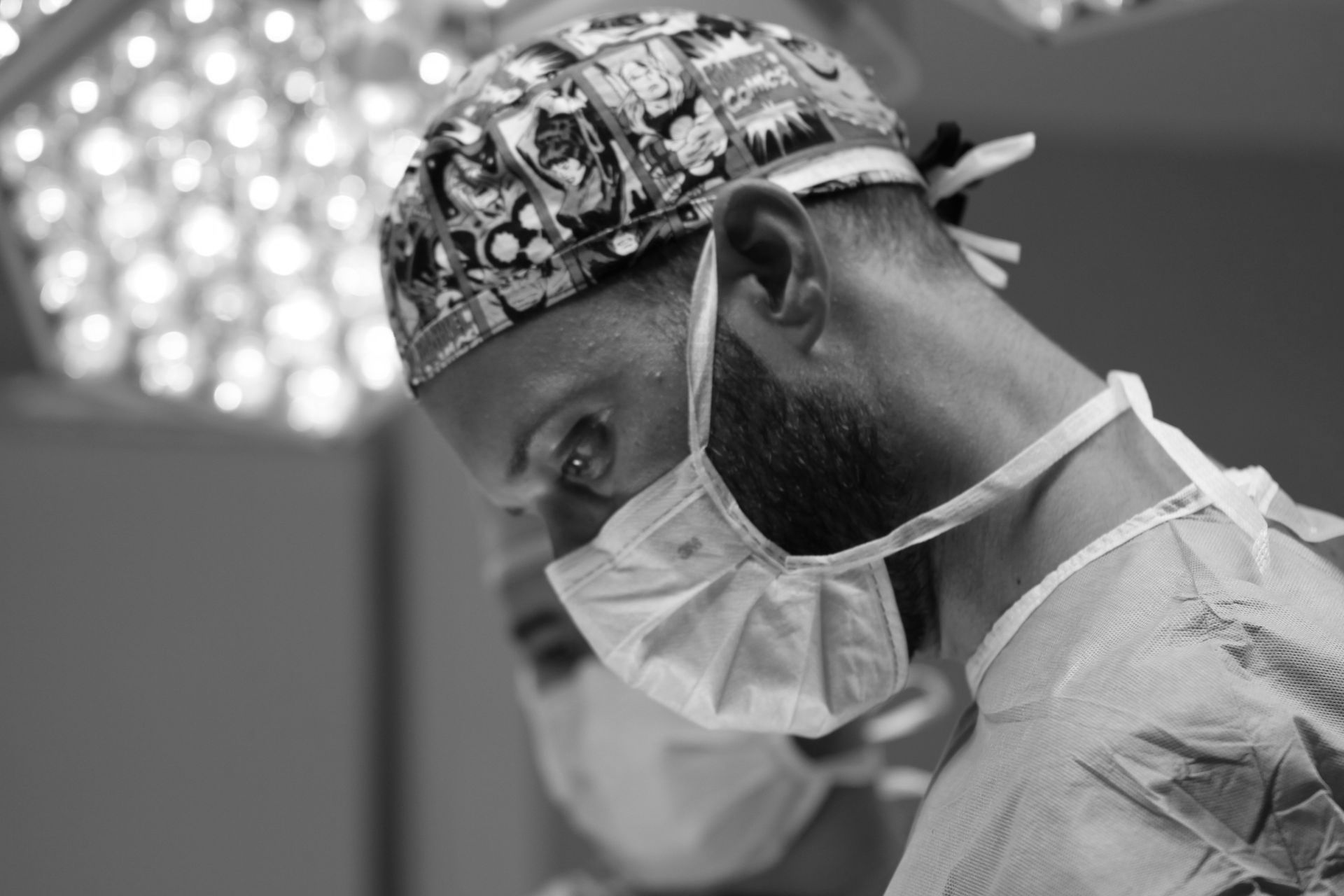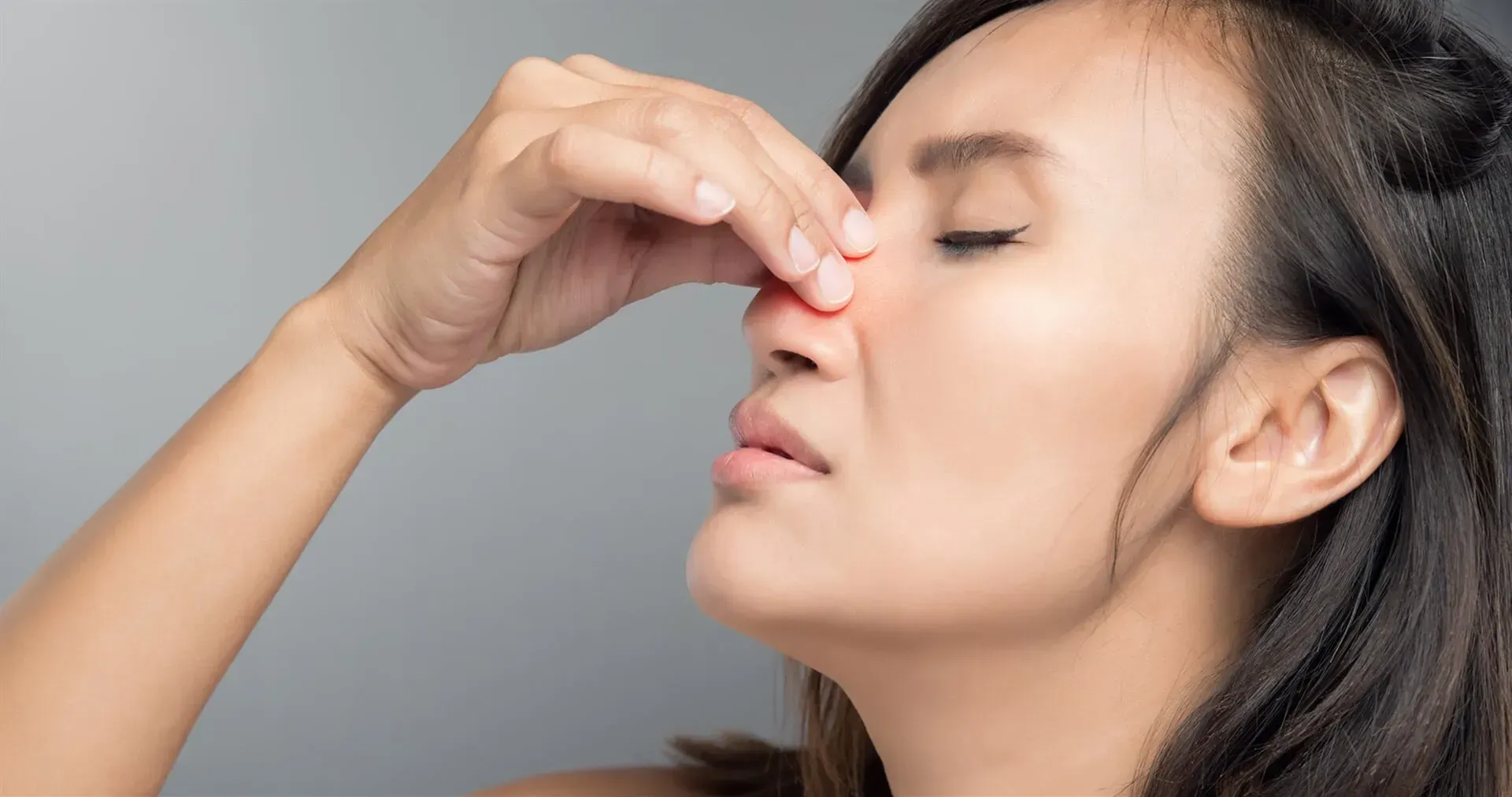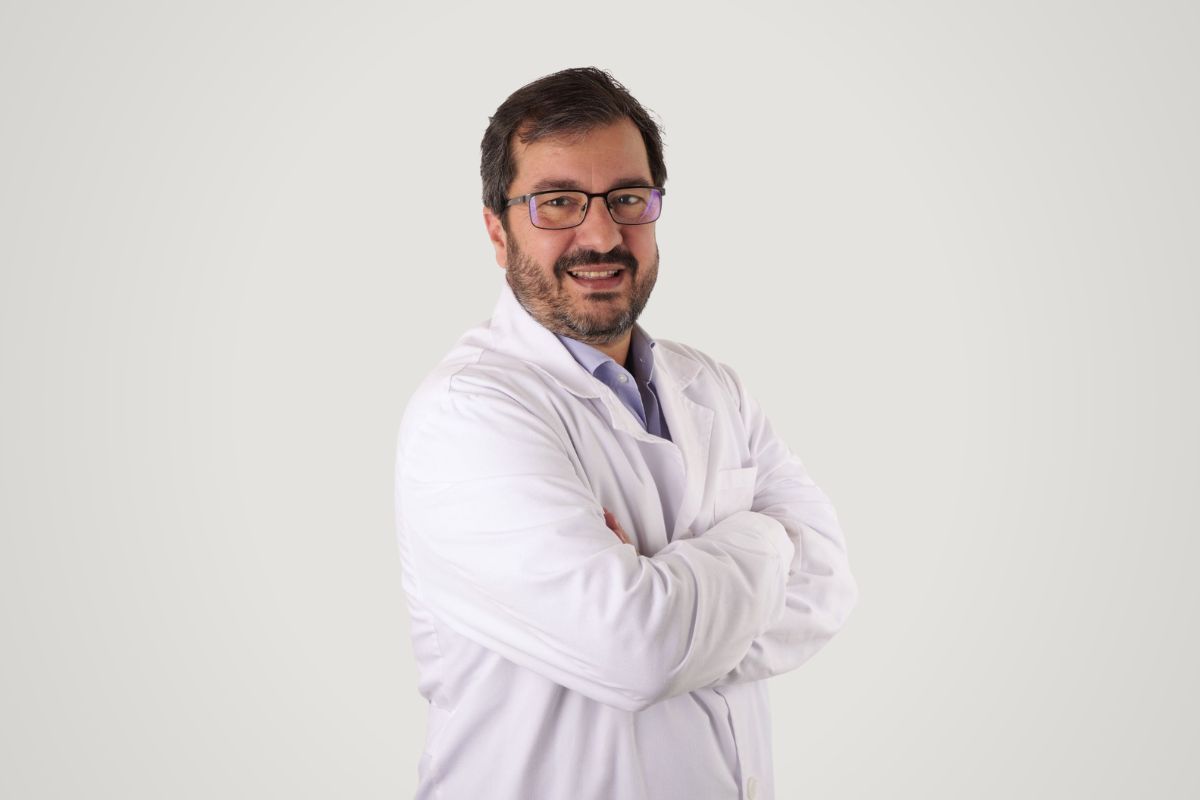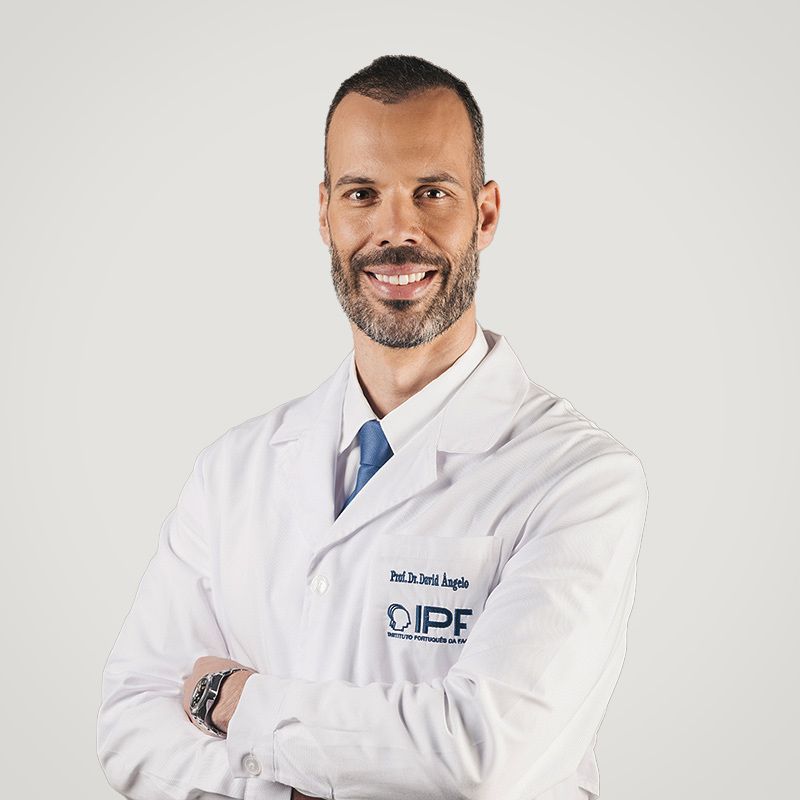RHINOLOGY / RHINOPLASTY
DEPARTMENT OF RHINOLOGY / RHINOPLASTY
Rhinoplasty is the surgery that allows for changes in the appearance, shape, and function of the nose. Through this surgery, the nose takes on a more beautiful and harmonious presentation on the face, while also allowing the person to breathe well through the nose.
Rhinoplasty is the best option for straightening the nose, removing a nasal bump, refining the nasal tip, or reducing the size of the nose.
In relation to inflammatory diseases of the inside of the nose, rhinitis and sinusitis, accurate diagnosis is essential for appropriate medical treatment and, if necessary, surgical intervention.
The current surgical treatment for these conditions is minimally invasive, known as endoscopic sinonasal surgery, which uses a 4mm endoscope to visualize the inside of the nose and the affected areas. It was precisely endoscopic sinonasal surgery that expanded the range of pathologies addressed by rhinology.
Thus, rhinology is also responsible for the surgical treatment of diseases of the lacrimal pathway and the Eustachian tube.
DEPARTMENT OF RHINOLOGY / RHINOPLASTY
Rhinology is the reference area for diseases related to the nose, whether aesthetic or functional. Rhinitis, allergic or non-allergic, sinusitis, nosebleeds, smell problems and nasal tumors are some examples.
Rhinitis and sinusitis are inflammatory diseases of the interior of the nose, in which correct diagnosis is essential for adequate medical treatment and, if necessary, surgical treatment.
The treatment of these pathologies can be pharmacological or surgical. In cases where surgical treatment is possible, the options are minimally invasive.
In addition to nose pathologies, rhinology is also responsible for the surgical treatment of diseases of the lacrimal tract and Eustachian tube.
What are Eustachian tube diseases and lacrimal duct diseases?
The Eustachian tube is the organ that establishes communication between the nose and the ear, and which makes it possible to maintain the balance of air pressure between the ear and the outside. When this communication does not occur, it may suggest ear problems and symptoms such as the feeling of a full ear, deafness or ear pain. As a solution, it is possible to perform endonasal surgery, in order to restore communication between the structures.
Lacrimal duct diseases, in particular chronic inflammation of the lacrimal sac, are usually manifested by constant tearing (epiphora), redness or the presence of pus. In the eye popularly known as ramela. In most cases, regular good hygiene may be enough or medication may be enough to resolve the situation.
In cases where the symptoms persist, dacryocystorhinostomy is one of the alternatives and consists of a surgery whose objective is to create communication between the lacrimal sac and the nasal cavity.





